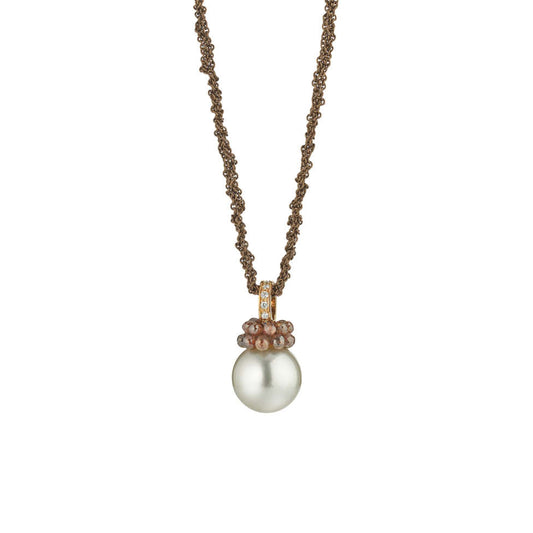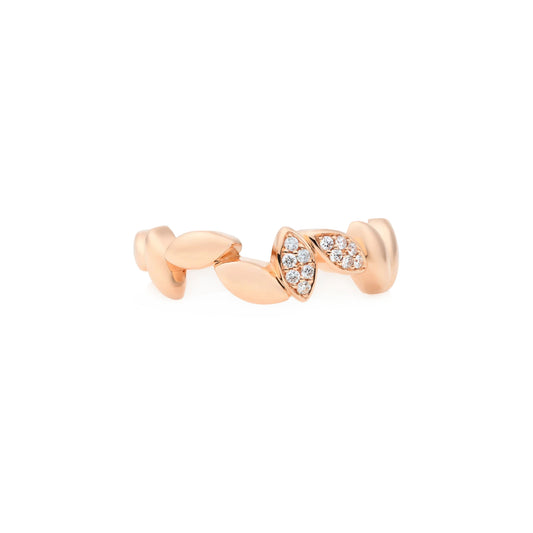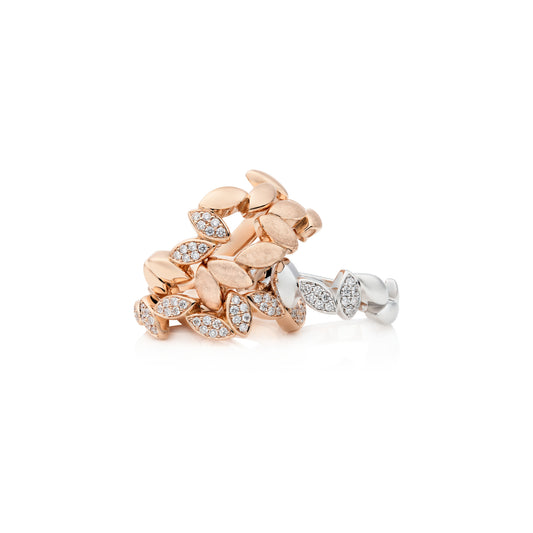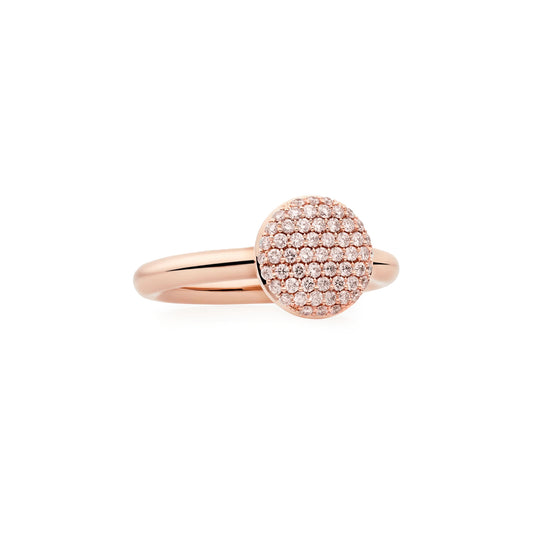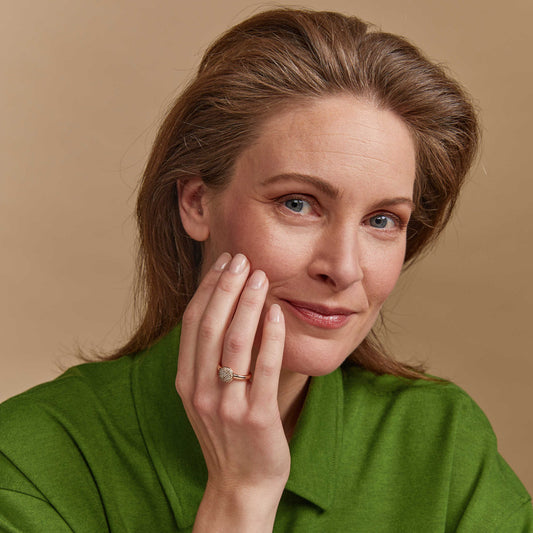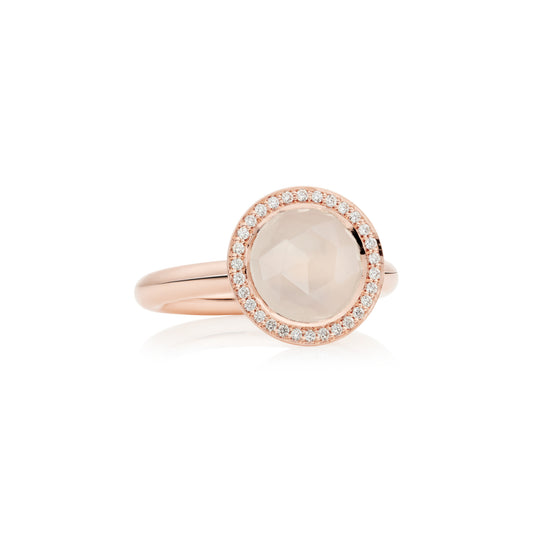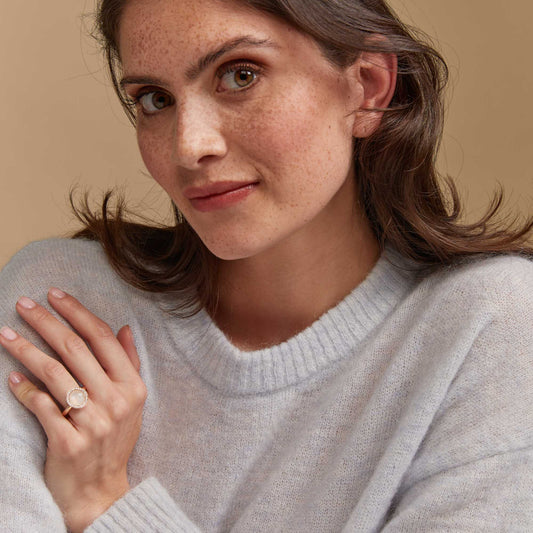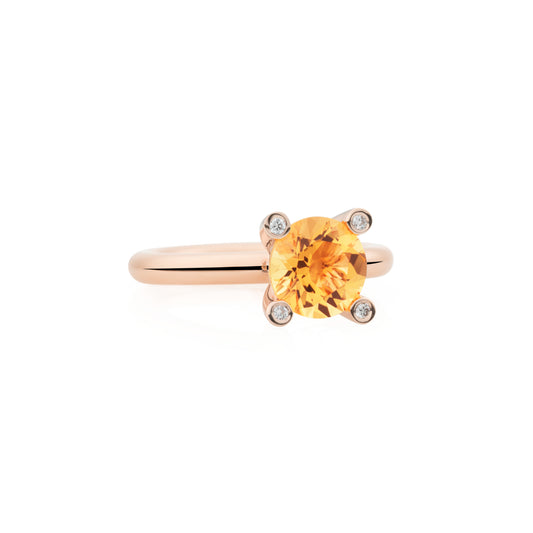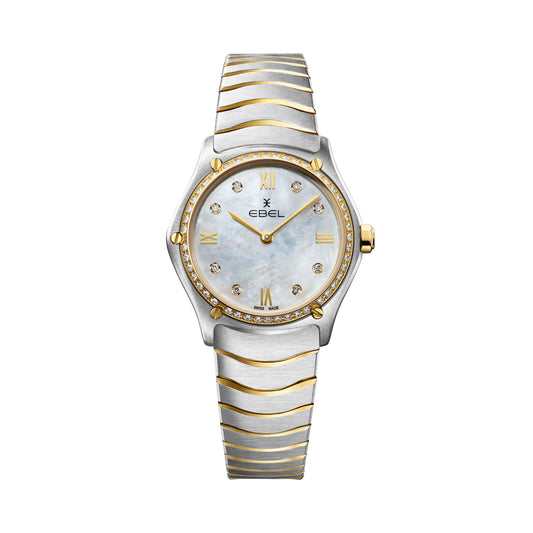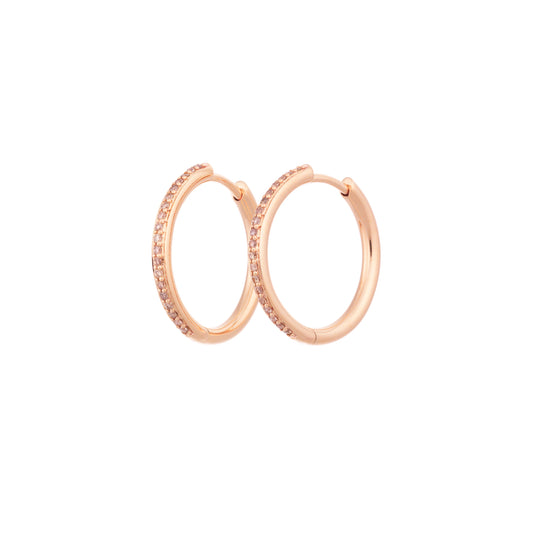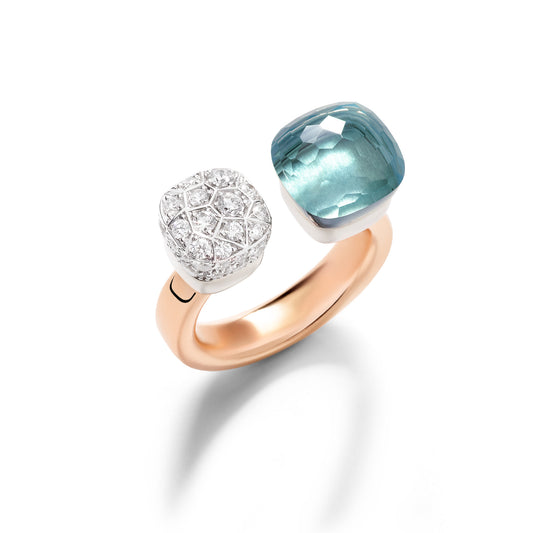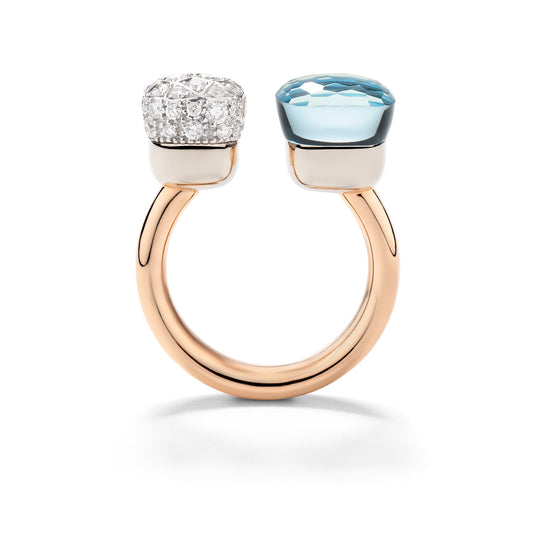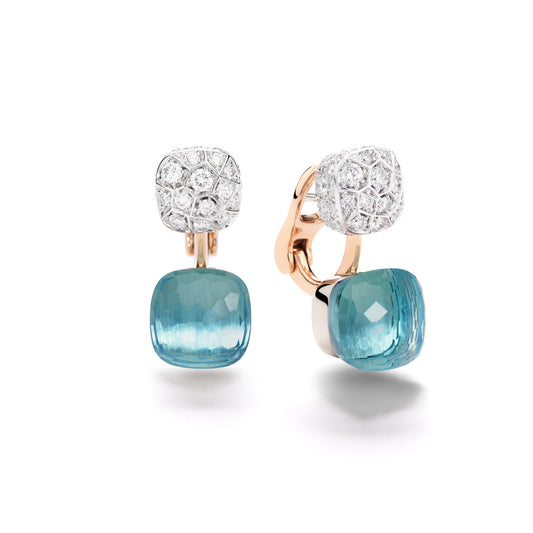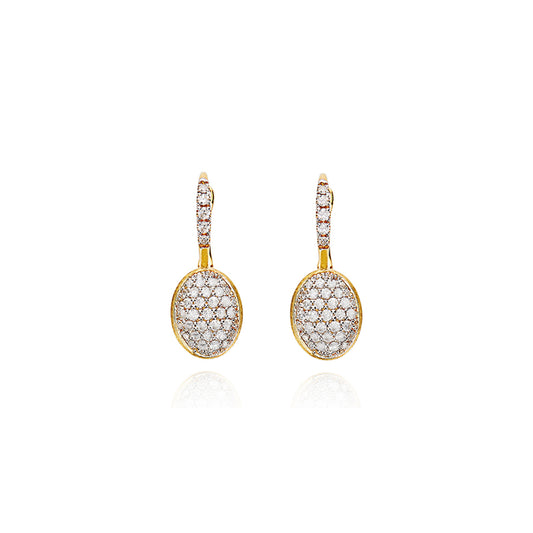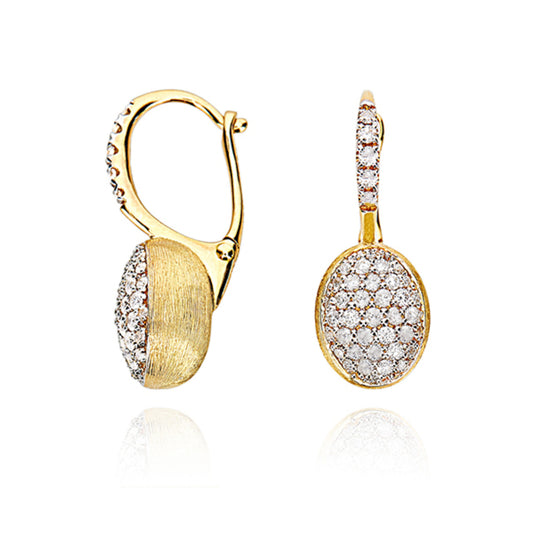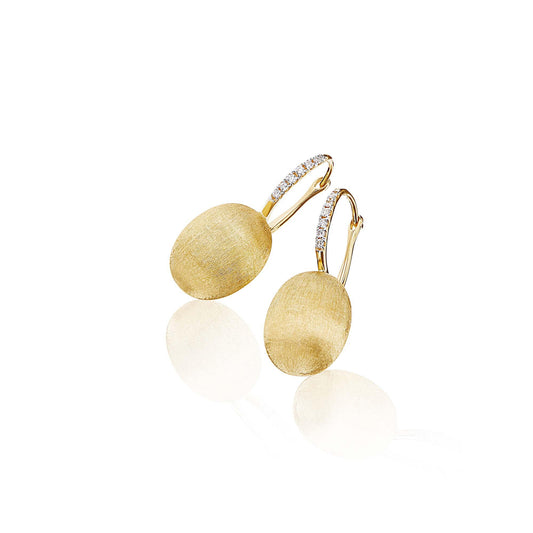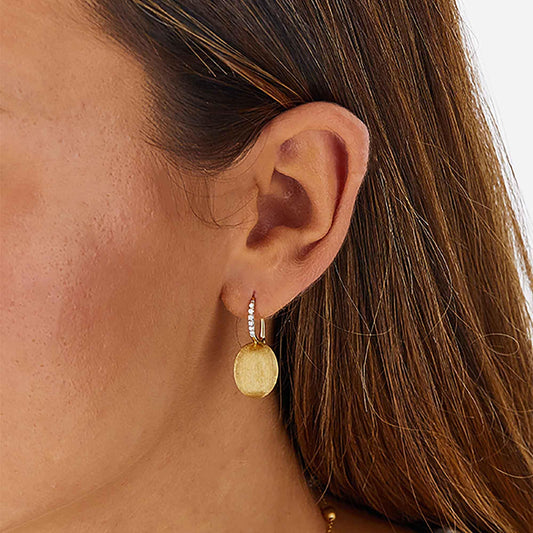
Diamonds: Each one is unique and distinctive
A single ray of light is enough to ignite the fire within the diamond. People love and desire this wonder of nature; no two diamonds are alike; each one is unique and distinctive.
Table of Contents
- Objective quality criteria
- The value of a diamond
- Carat (weight)
- Cut
- Color
- Clarity
- Confidence
- We fulfill your sparkling wishes

Objective quality criteria
Sparkling like stars in the dark sky, they blaze with fire from the Earth's core. For centuries, diamonds have enchanted people with their brilliance, sparkle, and beauty.
And although this beauty is of course in the eye of the beholder, there are objective quality criteria that will help you when buying a diamond and that will be assessed during a professional appraisal by an expert.
The value of a diamond
The value of a diamond is determined by the so-called four Cs:
Carat (weight)
Of course, the weight and size of a diamond are also very important in its evaluation. Weight is measured in carats and is derived from the Greek word for the seeds of the carob tree ("keration" = 0.197 g).
One carat is equal to 0.2 grams. Long before there was international agreement that 0.2 g was equal to one carat, various measurements existed.
To avoid confusion and ensure the applicability of the carat unit worldwide through uniform values, the International Committee for Weights and Measures (CIPM) established in 1907 that one carat is equivalent to 0.2 g worldwide. The carat is divided into 100 points. A half-carat diamond has 50 points and weighs 0.1 g.
Cut
It is up to the individual to ignite the inner fire of diamonds. Only a well-proportioned cut gives them their unmistakable radiance.
A good cut reflects light through the correct proportions and arrangement of facets. It's important to distinguish the technical process of cutting from the stone's shape, which is subject to personal taste.
A popular cut is the round brilliant cut, but the emerald, drop, princess, heart and marquise cuts are also frequently used.
Color
Diamonds are mined in almost every color of the rainbow. The diamond is most well-known as a colorless gemstone that refracts light like a prism. However, this ideal crystal form is extremely rare.
The International Association of Jewelry, Silverware, Diamonds, Pearls and Stones, or CIBJO for short, classifies the transparency of diamonds using a scale from "Extremely Fine White +" to "Tinted 1-4".
Outside Europe, designations from D to Z according to the classification of the Gemmological Institute of America (GIA) are also common.
Clarity
Clarity is also divided into different grades and influences the value of the diamond. The purer a diamond is, the rarer it is to find.
Confidence
You can't tell a diamond's origin by looking at it: We protect you from unpleasant surprises. The fifth C is becoming increasingly important in light of the debate surrounding diamonds from conflict zones, stones colored by irradiation, and synthetically manufactured gemstones.
With us, you can be assured that you're not buying conflict or blood diamonds. The certificate of origin, according to the United Nations Kimberley Process, documents the journey of each diamond from the mine.

We fulfill your sparkling wishes
As diamond specialists, we at Atelier Reuer are privileged to fulfill sparkling dreams every day: from unique engagement rings to diamond-studded necklaces, from carat-sized investments to the reworking of existing pieces. We only carry diamond jewelry that meets the highest standards of quality and craftsmanship. Custom-made pieces are almost always about strong emotions. From the initial sketch of an idea to refined designs to meticulous implementation with expert craftsmanship – in the hands of our goldsmiths, your dream becomes reality: creative, stylish, and timeless.
